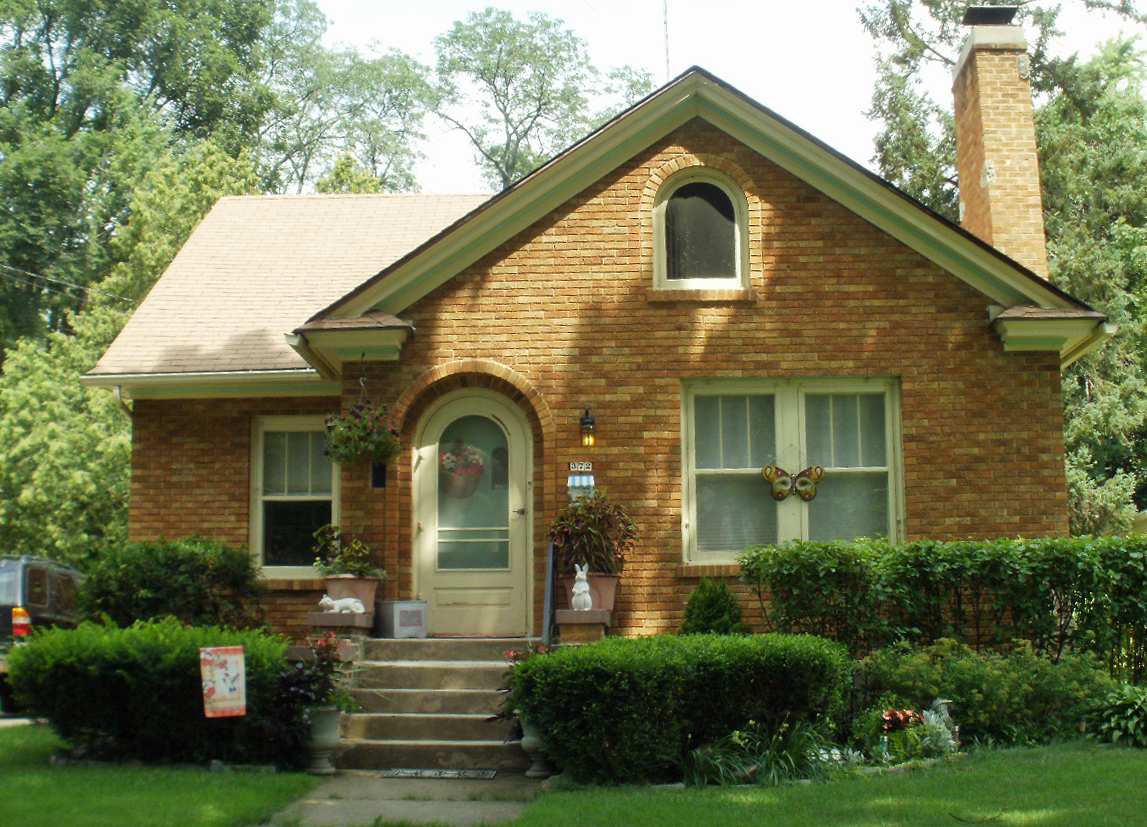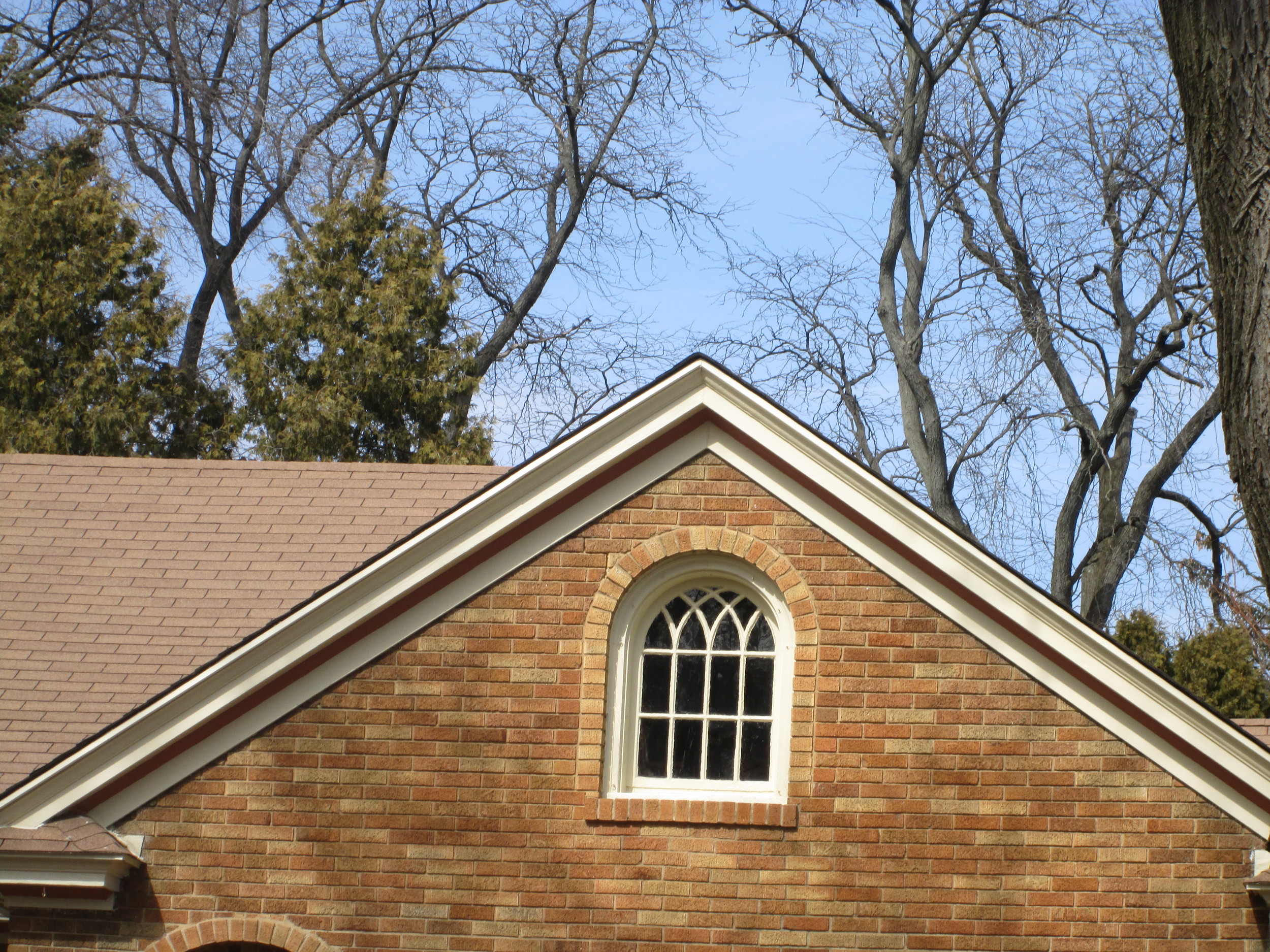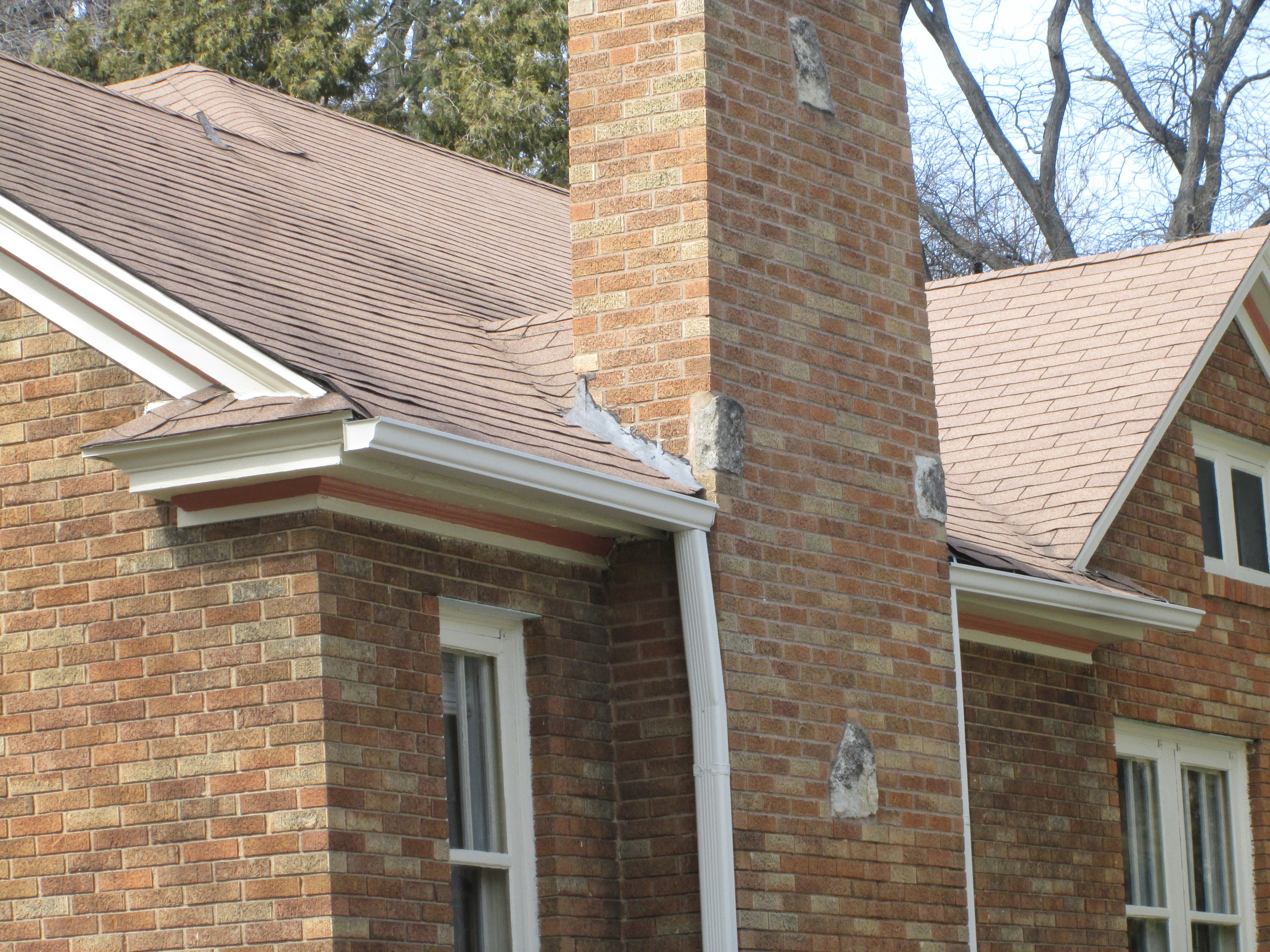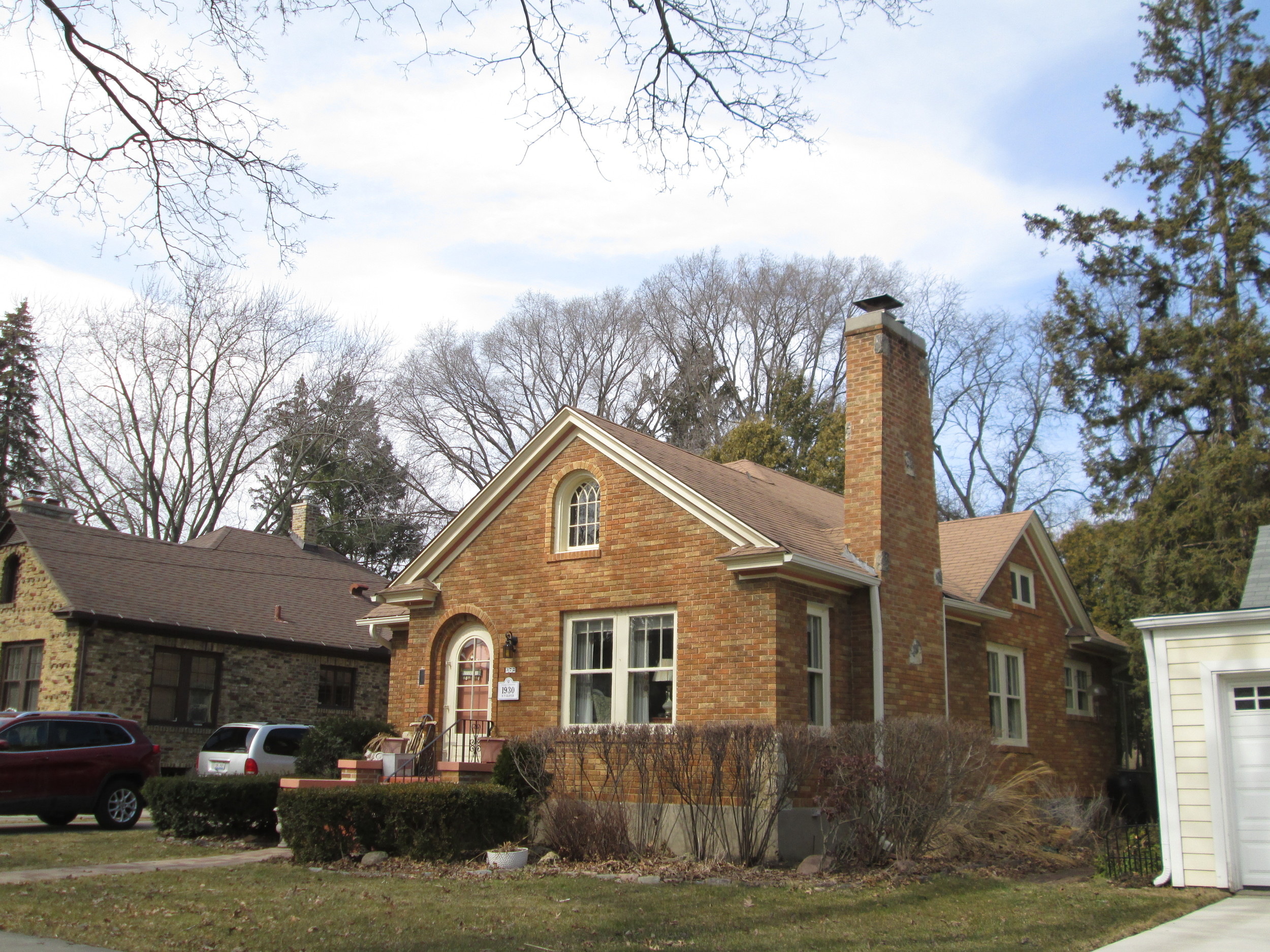372 CONGDON AVENUE
HISTORIC SIGNIFICANCE
372 Congdon Avenue, as well as several neighboring houses, was built by Roy J. Covey, a local building contractor who specialized in well-built, affordable houses. He built homes in Elgin and Dundee areas for about 45 years. He built this home in 1930, the home next door at 370 Congdon Avenue where is wife's sister lived with her husband Arthur Kimball, and his own home at 368 Congdon Avenue. In all, Roy J. Covey built more than 36 homes in Elgin.
The original owner was Drummond T. Glover who lived with his mother at 1182 Cedar Avenue before he moved to Congdon Avenue. When he moved, he was unmarried and worked as a bond salesman. Drummond was educated at Culver Military Academy and Michigan State University. He held a variety of jobs from selling bonds to managing the D'Angelo Springs in Dundee, to being the bookkeeper at Willow Lakes estates. In 1939, he married Kathleen and the following year, they moved to another Covey-built house at 385 Congdon. 372 Congdon Avenue was then purchased by Carlos and Nina Valentine. Carlos worked as an insurance salesman out of his office at the Courier News building in Elgin.
ARCHITECTURAL SIGNIFICANCE
372 Congdon Avenue is an excellent example of a Tudor Revival cottage. It contains subtle Tudor revival detailing including the arched doorway, prominent chimney and multi-paned windows throughout the exterior. The house displays a front facing gable with back turned eaves and a large west facing cross gable and an additional, secondary, east facing cross gable that flanks the ornate chimney. The chimney is of brick construction with rustic stone detailing that tapers upward toward a limestone cap.
The house has unique, poly-chromatic bricks found throughout its exterior. This type of colored brick work is called “Tapestry” brick. Tapestry brick came in assorted colors varying from purple browns, red, copper, olive greens, and deep russet and was typically found in a rough finish as to catch light. The intent was to alternate differing brick colors across a wall to give an illusion of a patchwork effect, thus the name tapestry.
TIMELINE OF PREVIOUS OWNERS
Sources: 2013 Heritage Plaque Application; Audio: TextAloud




